Preventive Healthcare
Nipple Discharge: Causes, Types, and When to See a Doctor
162 Views
0
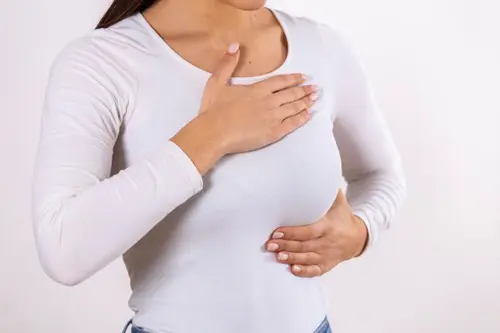
Nipple discharge is a concerning symptom that many women and even some men may experience at some point in their lives. It refers to any fluid or liquid that comes out of the nipple, other than breast milk in nursing mothers. While nipple discharge is often benign, it can sometimes indicate an underlying health issue that requires medical attention. In this article, we will explore the various causes and types of nipple discharge, what the different nipple discharge colours may signify, and when you should see a doctor for further evaluation and nipple discharge treatment.
What is nipple discharge?
Nipple discharge is defined as any fluid or liquid that comes out of the nipple. It can occur in one or both breasts and may happen spontaneously or only when the nipple is squeezed or stimulated. Each breast contains several milk ducts that carry milk to the nipple during breastfeeding. Nipple discharge occurs when fluid leaks out of these ducts.
What kind of nipple discharge is normal?
Some types of nipple discharge causes are considered normal and are no reason for concern:
- Milky discharge during pregnancy and breastfeeding
- Small amounts of clear, whitish, or yellow fluid that occurs in both breasts, often due to hormonal changes
- Discharge that only happens with nipple stimulation or pressure
However, nipple discharge without pregnancy, or if it is persistent, bloody, or comes from only one breast, needs to get checked by a doctor.
Nipple discharge colour
The colour of nipple discharge can provide clues about the underlying cause.
- Clear, whitish, or yellow: Usually benign
- Milky: Related to pregnancy/breastfeeding
- Greenish: Could indicate a breast infection
- Brownish: May be due to benign growths or hormonal issues
- Bloody (pink, red, or brown): Potentially concerning, requires evaluation
Common causes of nipple discharge
Some of the most common nipple discharge causes include:
- Intraductal papillomas: Benign growths in the milk ducts that can cause bloody or clear discharge
- Mammary duct ectasia: Widening of the milk ducts, more common in women approaching menopause
- Fibrocystic breast changes: Lumpy, tender breasts that may leak fluid due to hormonal fluctuations
- Hormonal imbalances: Conditions like hypothyroidism or elevated prolactin levels
- Certain medications: Including some birth control pills, antidepressants, and blood pressure drugs
These causes are usually non-cancerous. However, it's still important to see a doctor to determine the specific cause of your nipple discharge.
Abnormal causes of nipple discharge
While most cases of nipple discharge are benign, there are some potentially serious causes that require prompt medical attention:
- Breast cancer: Although rare, bloody nipple discharge can occasionally be a sign of breast cancer, especially if accompanied by a lump or skin changes on the breast. According to studies, 5–15% of women with breast cancer experience nipple discharge as a symptom.
- Paget's disease of the breast: A rare type of breast cancer that starts in the nipple and may cause scaly, red, or itchy skin along with discharge.
- Breast infection (mastitis): An infection in the milk ducts that can cause pain, swelling, and greenish discharge, most commonly in breastfeeding women.
- Mammary duct obstruction: A blockage in the milk duct, often due to thickened secretions or debris, leading to backed-up fluid and discharge.
- Nipple adenoma: A benign growth near the nipple that may cause discharge.
What does breast cancer nipple discharge look like?
Nipple discharge linked to breast cancer is often bloody, appearing pink, red, or brown. It tends to occur spontaneously, affect only one breast, and persist despite massage. However, bloody discharge doesn't always indicate cancer, as other causes exist. Consulting a doctor is essential for proper evaluation and diagnosis.
Does stress cause nipple discharge?
While stress doesn't directly cause nipple discharge, it can potentially contribute to hormonal changes that lead to breast symptoms. Prolactin, the hormone that stimulates milk production, can increase with physical or emotional stress.
How is nipple discharge diagnosed?
To determine the underlying cause of nipple discharge, your doctor will likely:
- Take a detailed medical history, including any medications you take
- Perform a physical breast exam to check for lumps, skin changes, or nipple abnormalities
- Take a sample of the discharge for lab analysis
- Order imaging tests such as a mammogram, ultrasound, or breast MRI
- Perform a blood test to check prolactin and thyroid hormone levels
- In some cases, recommend a biopsy of the affected milk duct or nipple
By combining findings from your medical history, physical exam, imaging studies, and lab tests, your doctor can make an accurate diagnosis and recommend the appropriate treatment plan. This may include antibiotics for infections, removal of benign growths, or treatment of underlying hormonal disorders.
How is nipple discharge treated?
Nipple discharge treatment depends on the underlying cause. Some common treatment approaches include:
- Medications: For nipple discharge caused by hormonal imbalances, medications may be prescribed to regulate hormone levels and alleviate symptoms.
- Antibiotics: In cases of breast infections leading to nipple discharge, antibiotics are often necessary to clear the infection. Drainage of any pus accumulation may also be required.
- Surgery: If nipple discharge is caused by conditions like intraductal papilloma, surgical removal of the affected duct might be recommended. This helps eliminate the discharge and prevents potential complications.
Regular monitoring is essential in cases where no immediate intervention is needed. Your doctor will advise on the appropriate follow-up plan based on your specific situation.
When should we be concerned about nipple discharge?
While most cases of nipple discharge are benign, certain characteristics warrant medical evaluation:
- Spontaneous discharge: Discharge that occurs without any stimulation or pressure on the nipple is considered abnormal.
- Unilateral discharge: Discharge from only one breast is more concerning than bilateral discharge.
- Bloody or clear discharge: Nipple discharge colour can provide clues about the underlying cause. Blood-stained or clear discharge requires further investigation.
If you experience nipple discharge with any of these characteristics, it's important to consult a healthcare provider promptly for proper assessment.
When to see a doctor
It's crucial to seek medical attention if you notice:
- Spontaneous, persistent, or bloody nipple discharge
- Nipple discharge accompanied by a lump, skin changes, or nipple inversion
- Nipple discharge that occurs after menopause
Your doctor will perform a thorough breast exam, review your medical history, and may recommend imaging tests like mammography or ultrasound to identify the underlying cause. Early evaluation allows for timely diagnosis and appropriate management.
Conclusion
Nipple discharge is a common breast symptom that can understandably cause a lot of anxiety. However, in most cases, it is caused by benign conditions that are highly treatable.
If you experience persistent or abnormal nipple discharge, don't hesitate to see a doctor for prompt diagnosis and treatment. With state-of-the-art diagnostic facilities and a team of experienced pathologists, Metropolis Healthcare can help you get the answers and care you need. Consider scheduling an appointment at your nearest Metropolis lab for comprehensive blood testing and health check-ups, with the convenience of at-home sample collection.



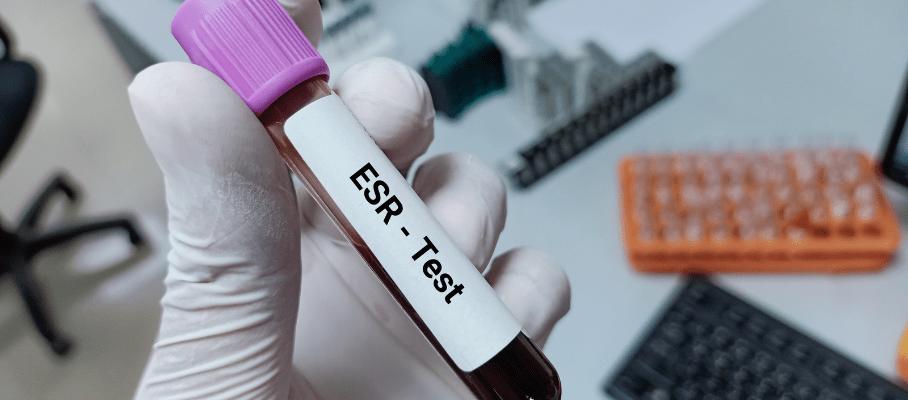

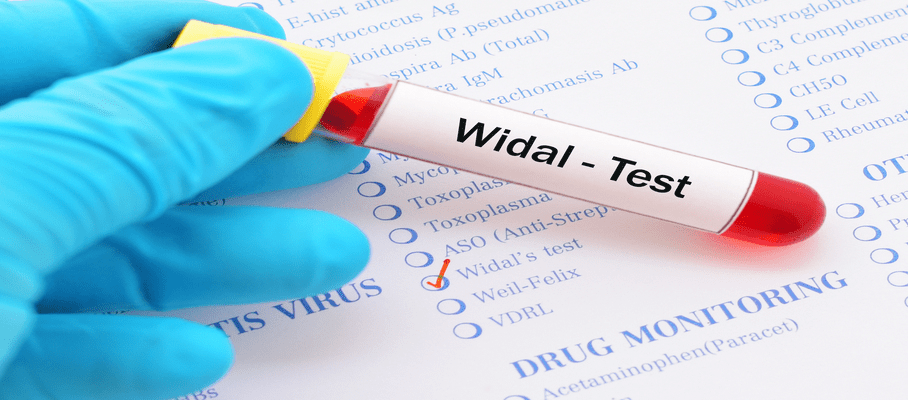


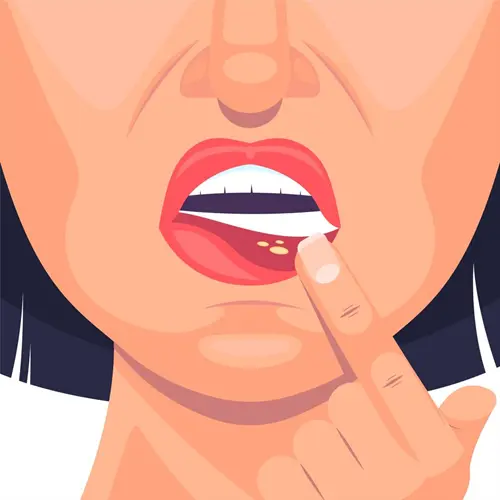

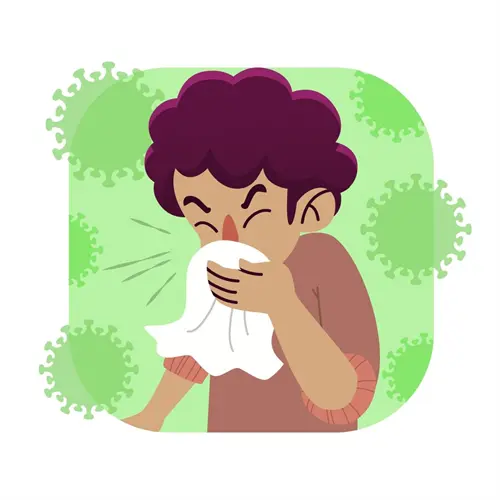











 WhatsApp
WhatsApp